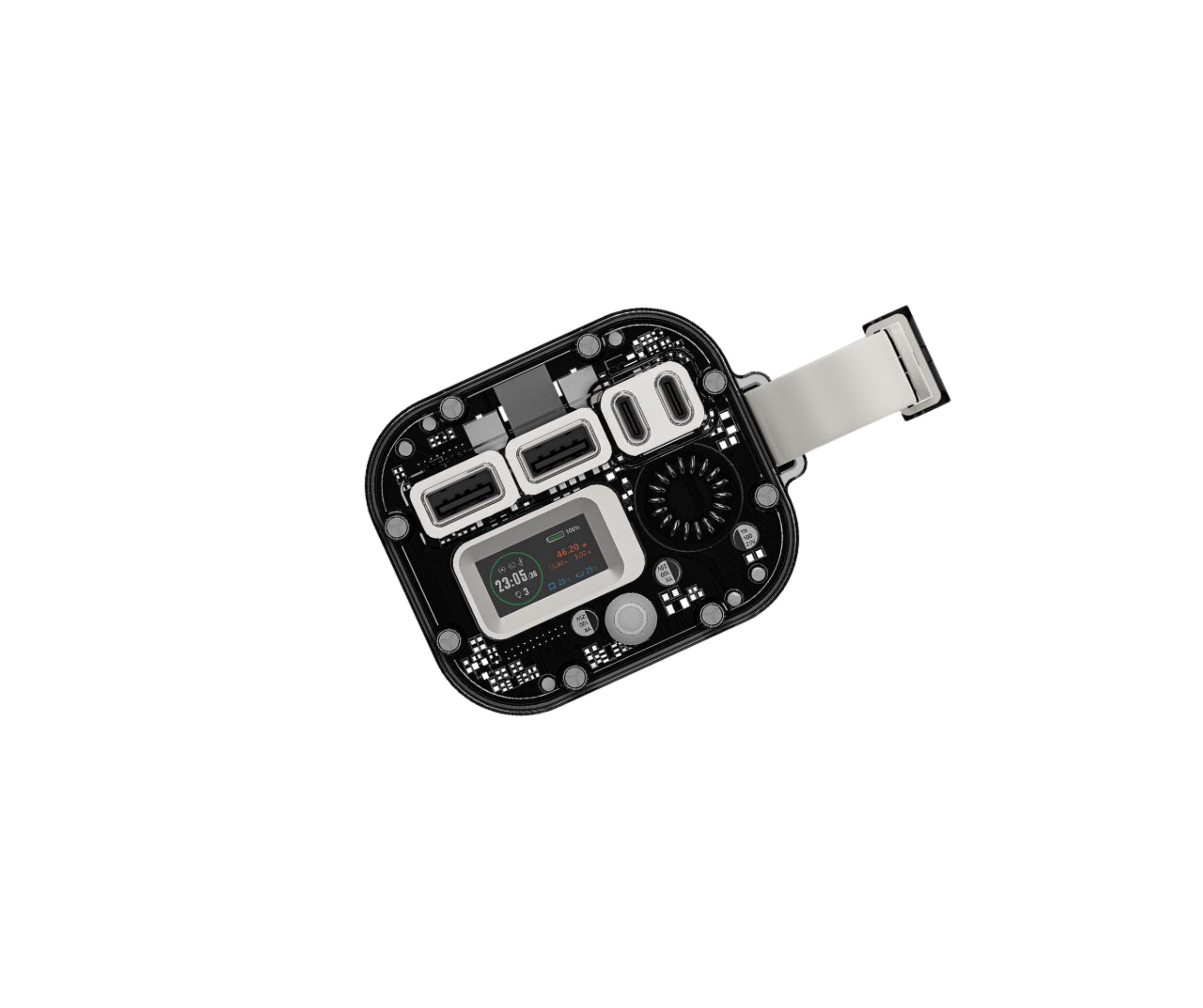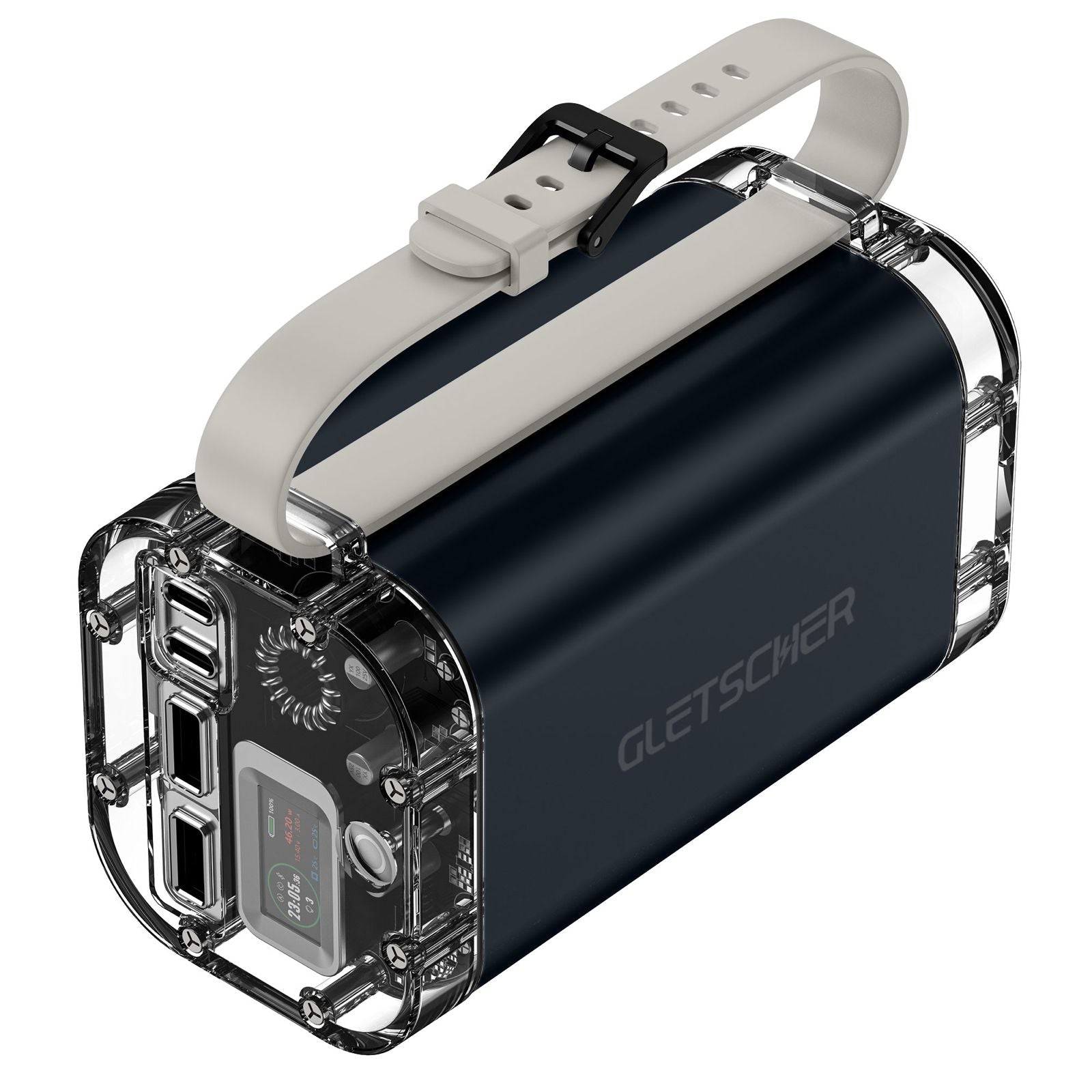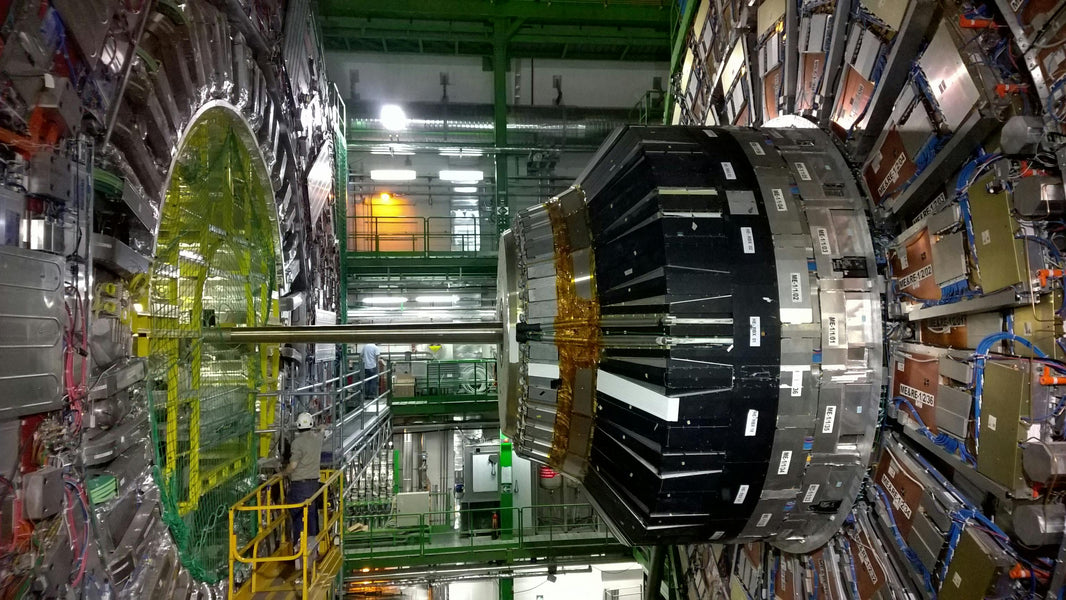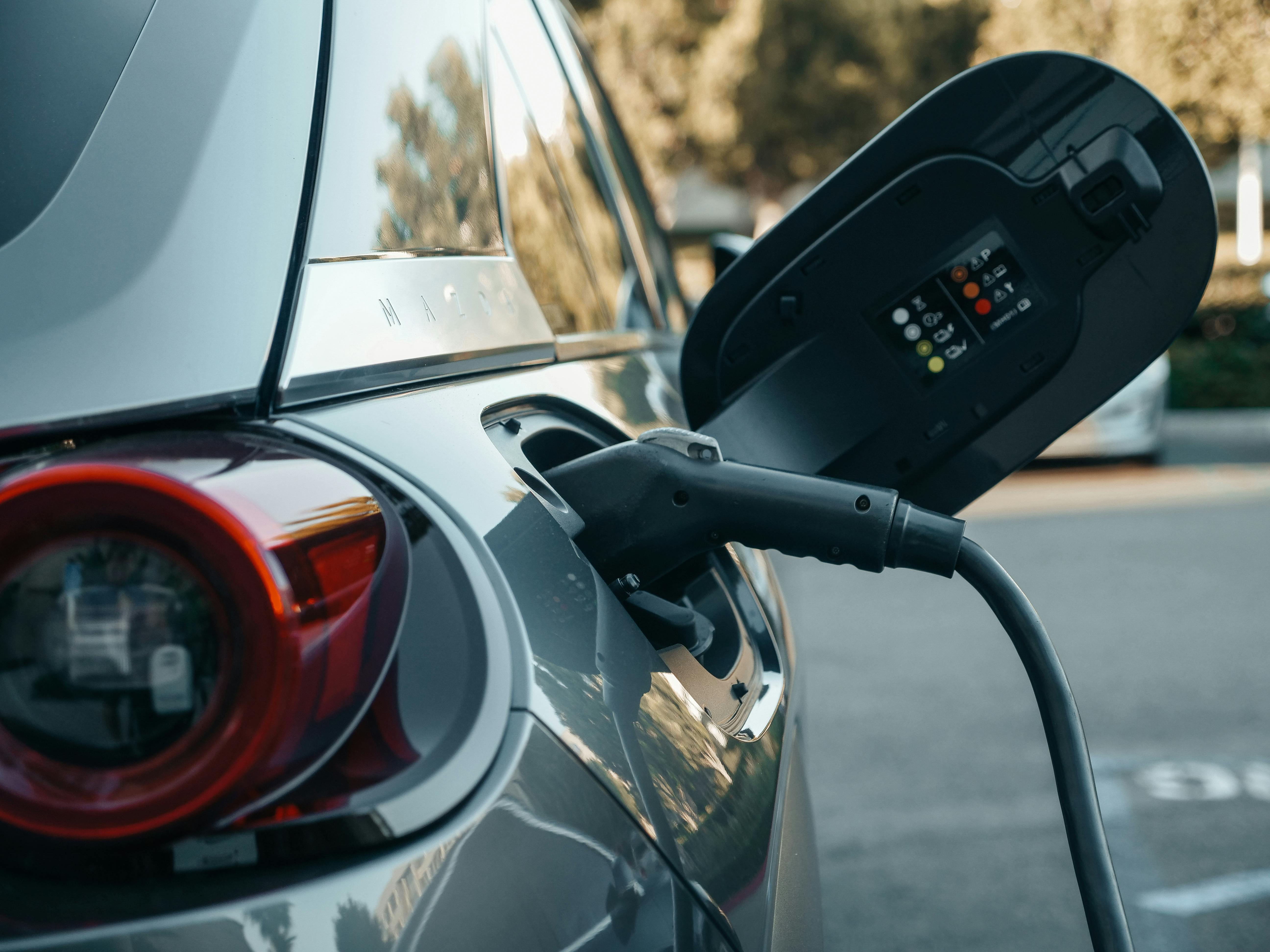In remote operations, disaster response, and critical infrastructure projects, reliable power is no longer optional—it’s mission-critical. But not all portable power stations are created equal. Choosing the wrong unit can mean overheating in the desert, failing to charge essential tools, or hours of downtime. So what exactly defines a professional-grade portable power station?
This article breaks it down—technically, operationally, and in terms of real-life performance on the field.
Battery Chemistry: Why Lithium Iron Phosphate (LiFePO₄) Is the New Standard
The internal battery chemistry determines everything from longevity to thermal safety.
LiFePO₄ (LFP) batteries are now considered best-in-class for industrial use:
✔️ Up to 4000+ charge cycles before capacity drops
✔️ High thermal stability, ideal for desert climates
✔️ Non-toxic, non-cobalt, and recyclable
Compared to older NMC or Lead-Acid units, LFP power stations are cooler, safer, and last 4–6 times longer, especially under intense workloads.
Field Reference:
Gletscher Energy’s Camper Series Max units are LFP-based and proven to operate safely in 45°C outdoor deployments in the Gulf, powering 3D scanning equipment and floodlights for highway survey teams.
Inverter Quality: Pure Sine Wave, Surge Support, and Efficiency Ratings
Inverters convert DC battery power to AC output. But quality matters:
✔️ Pure sine wave inverters are a must for sensitive electronics (medical, tools, routers).
✔️ Surge capacity should be at least double the rated output to handle motor startups (e.g., drills, compressors).
✔️ Efficiency above 90% reduces waste heat and increases runtime.
Technical Example:
A power station rated at 2000W continuous but only 2200W surge can fail to start a 1.5HP submersible pump (~3.2kW startup surge). A professional unit like Gletscher Energy’s Camper Pro 3000 supports up to 6000W surge.
Battery Management System (BMS): The Silent Guardian
A professional-grade unit must include a robust BMS, which controls:
🔥 Over-temperature protection
⚡ Over-voltage/under-voltage shutdown
🔁 Cell balancing and cycle monitoring
🔌 Auto shut-off in short circuits or overloads
Without this, overheating or capacity loss is inevitable, especially in hot environments or fluctuating power demand.
I/O Versatility: AC, DC, USB-C, Anderson & Solar Inputs
Field crews don’t just charge phones—they run welders, sensors, drones, and routers. Look for:
|
Port Type |
Use Case |
|---|---|
|
AC (220- 240V) |
Tools, lighting, routers |
|
DC 12V/24V |
Surveillance cams, radios |
|
USB-A/C (PD100W) |
Laptops, satellite phones |
|
Anderson |
Solar panels and vehicle plugs |
|
XT60 |
High-current drone charging |
The best units also support MPPT solar input (Maximum Power Point Tracking) for fast and stable solar charging under fluctuating sunlight.
Environmental Resilience: IP Rating, Ventilation, and Materials
A field-grade power station must withstand heat, dust, and transit abuse.
IP Ratings: IP54+ is minimum. IP65+ preferred for sand/dust storms.
Build: Look for impact-resistant ABS+PC enclosures or powder-coated aluminum.
Cooling: Dual fan or active thermal management is non-negotiable in hot zones.
Field Use Case:
Gletscher Energy’s Camper Lite IP65 unit powered construction lighting at a Saudi Arabian road project with ambient temperatures reaching 47°C. Competitor units failed due to thermal shutdown.
Parallel Operation and Modular Design
For larger loads, a professional-grade station should support:
✔️ Parallel stacking for up to 6 units (via Anderson or CAN bus)
✔️ Swappable battery packs for uninterrupted runtime
✔️ Grid backup mode (UPS) with transfer time <10ms
This makes them suitable not just for remote use but for hospital tents, field HQs, or even EV rescue charging.
Smart Monitoring: App + Onboard Display
Smart BMS interfaces allow real-time monitoring via:
✔️ LCD touch display (voltage, load% %, time remaining)
✔️ Bluetooth/Wi-Fi app (remote diagnosis, logs)
✔️ Over-the-air firmware updates
Some units offer IoT/Modbus integrations for utility-scale off-grid projects.
Charging Speed and Multi-Input Options
✔️ Fast AC charging: Full recharge within 2–3 hours for 2 kWh units
✔️ Dual charging: AC + solar or AC + car port, simultaneous input
✔️ Solar input range: 12–60V / 600W+ input for scalable deployment
Weight-to-Capacity Ratio: Efficiency in Every Kilo
Professional teams need portability, not bulk.
✔️ Look for energy density above 90Wh/kg
✔️ Units <35kg with wheels or trolleys for mobility
Tip: If a 2kWh station weighs more than 45kg, it likely uses inefficient cells or outdated housing.
Certifications & Regulatory Compliance
A field unit must be certified:
✔️ CE / UL / UN38.3 / RoHS
✔️ Transport-safe (IATA-friendly for air cargo)
✔️ Compliant with ISO safety protocols
Real Life Application: Construction Power vs Emergency Backup
|
Use Case |
Needs |
Recommended Specs |
|---|---|---|
|
Construction |
Drill press, lights, and concrete vibrator |
2kW–3kW pure sine wave, 6000W surge |
|
Emergency HQ |
Medical fridges, telecom, satellite modem |
Modular 5kWh+, UPS-ready, smart BMS |
|
Drone Operations |
Field charging for thermal and LiPo UAVs |
High-voltage DC + XT60 + solar charging |
|
Pipeline Survey |
All-day tablet/router, safety floodlight |
1.5kWh+, IP54+, hot zone tested |
Final Checklist: Professional Power Station Must-Haves
|
Feature |
Requirement |
|---|---|
|
Battery |
LFP (LiFePO₄), 2000+ cycles |
|
Inverter |
Pure sine wave, 2x surge capacity |
|
Ports |
AC, DC, USB-A/C, Solar, Anderson |
|
Safety |
Full BMS, short circuit, thermal |
|
Resilience |
IP54+, ventilation, rugged build |
|
Expandability |
Stackable, swappable, UPS |
|
Monitoring |
App + screen |
|
Charging |
AC, solar, car — dual supported |
Why It Matters
From remote construction zones in Oman to telecom tower servicing in the Empty Quarter, reliable power isn’t a luxury—it’s operational security. With climate, terrain, and uptime demands rising, choosing a professional-grade portable power station is about performance, safety, and long-term ROI.
Don’t compromise. Don’t overspend. Choose systems engineered for professionals who power the world’s toughest jobs.









